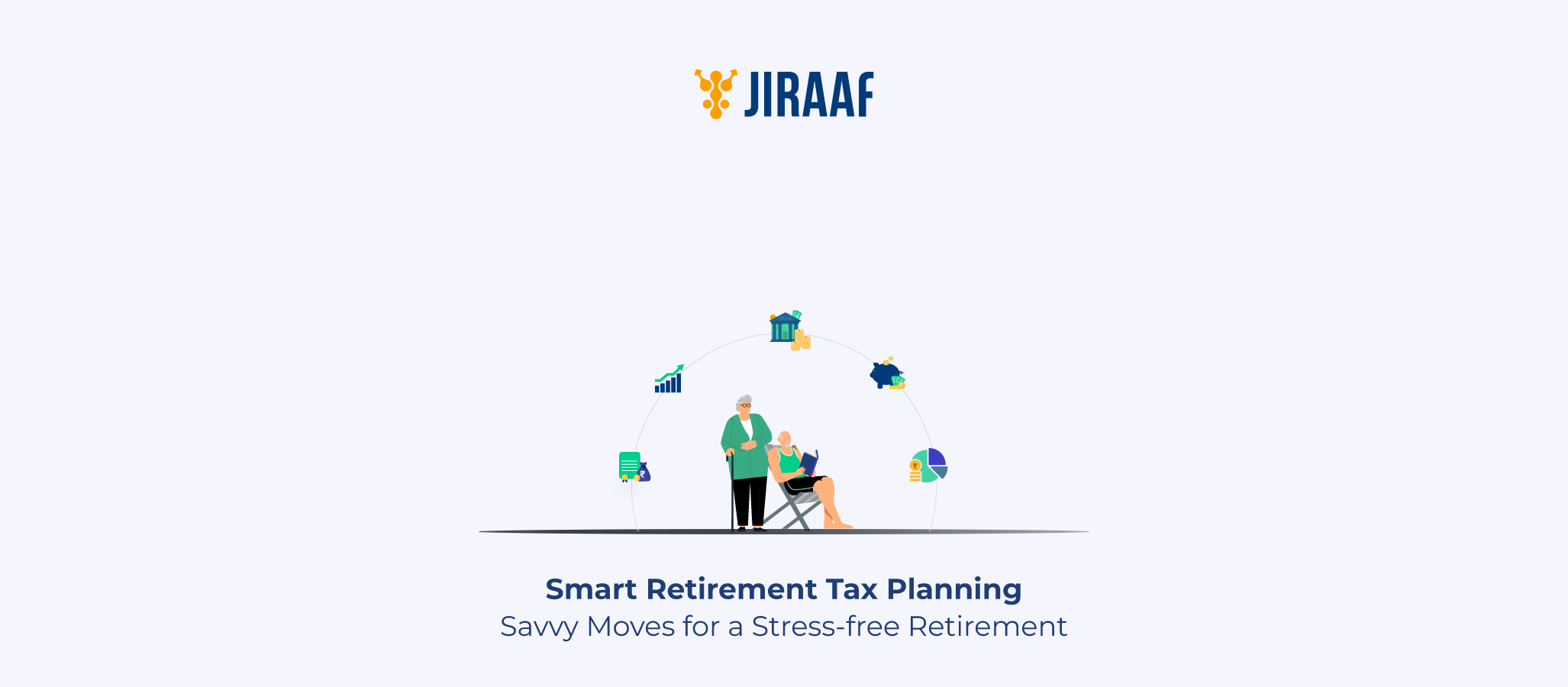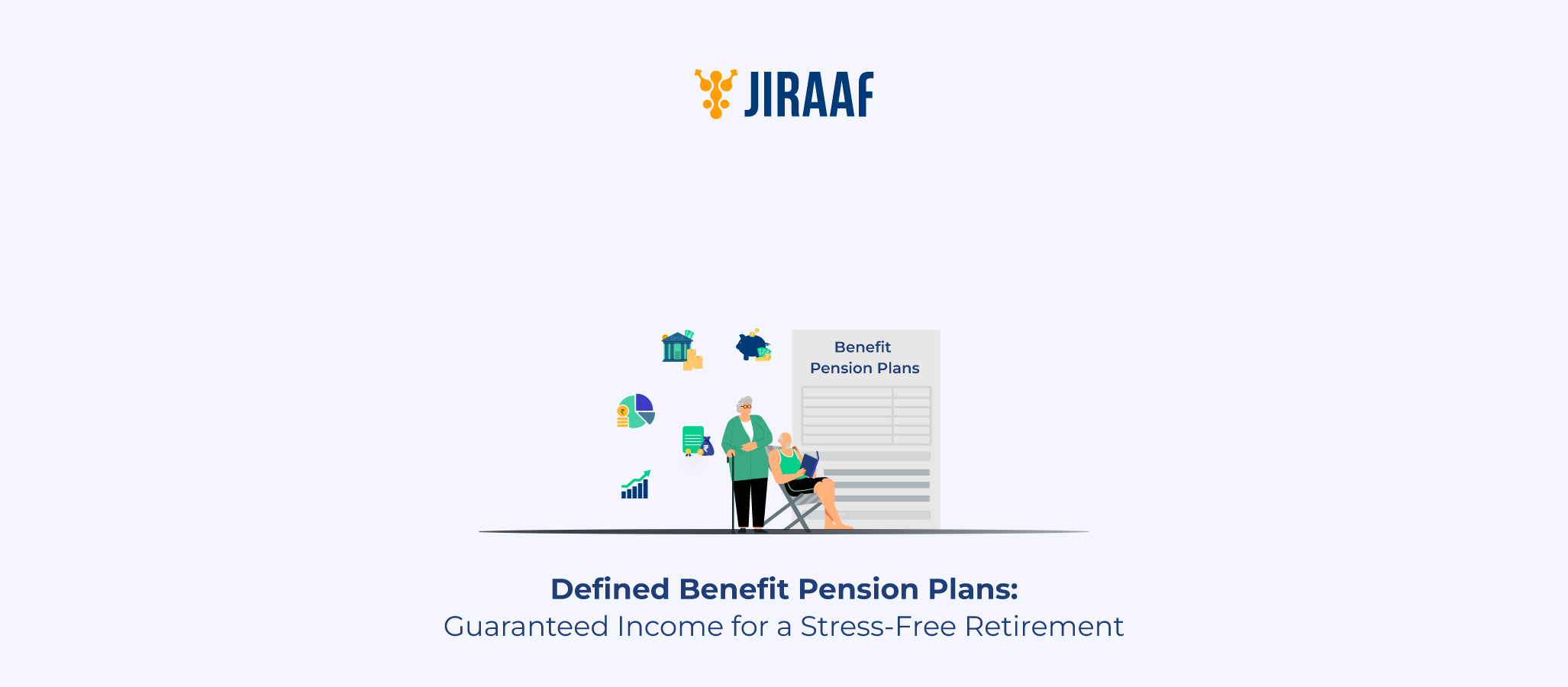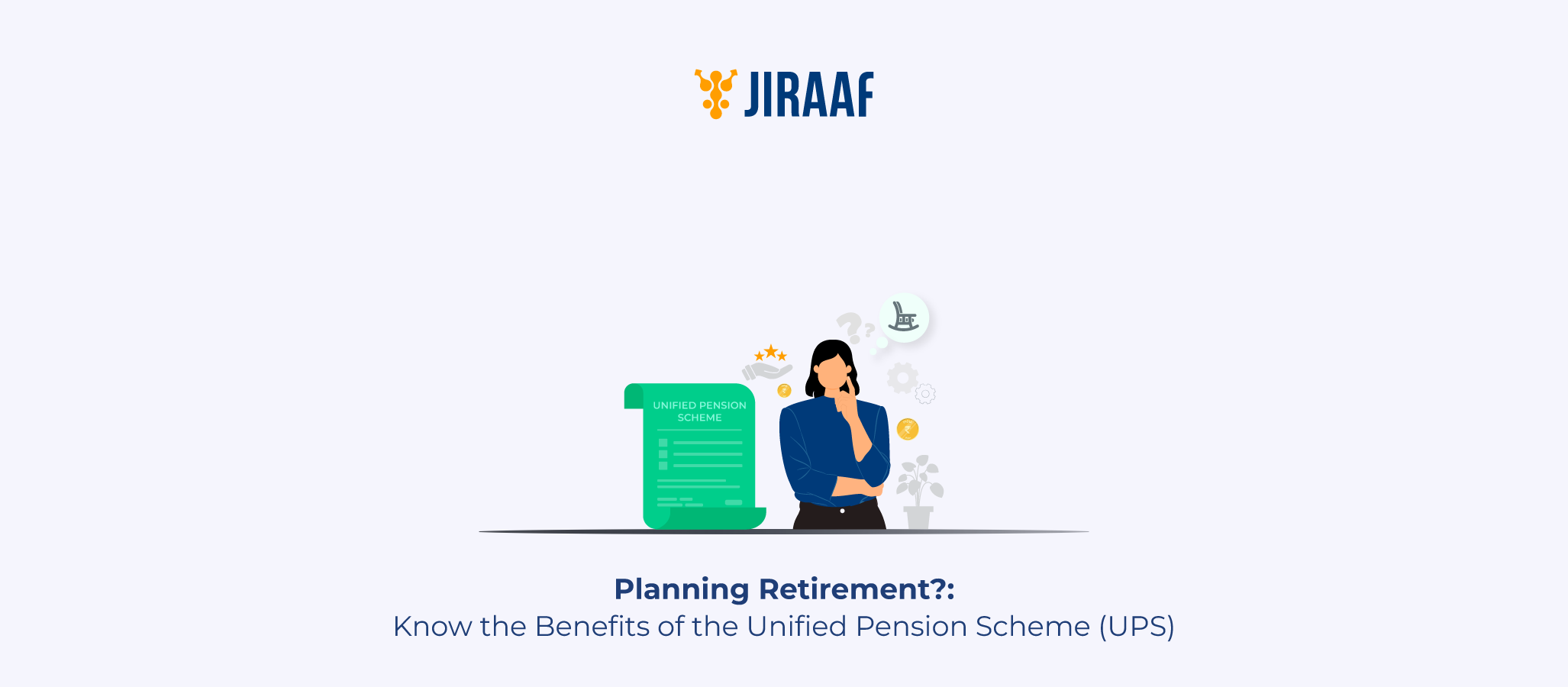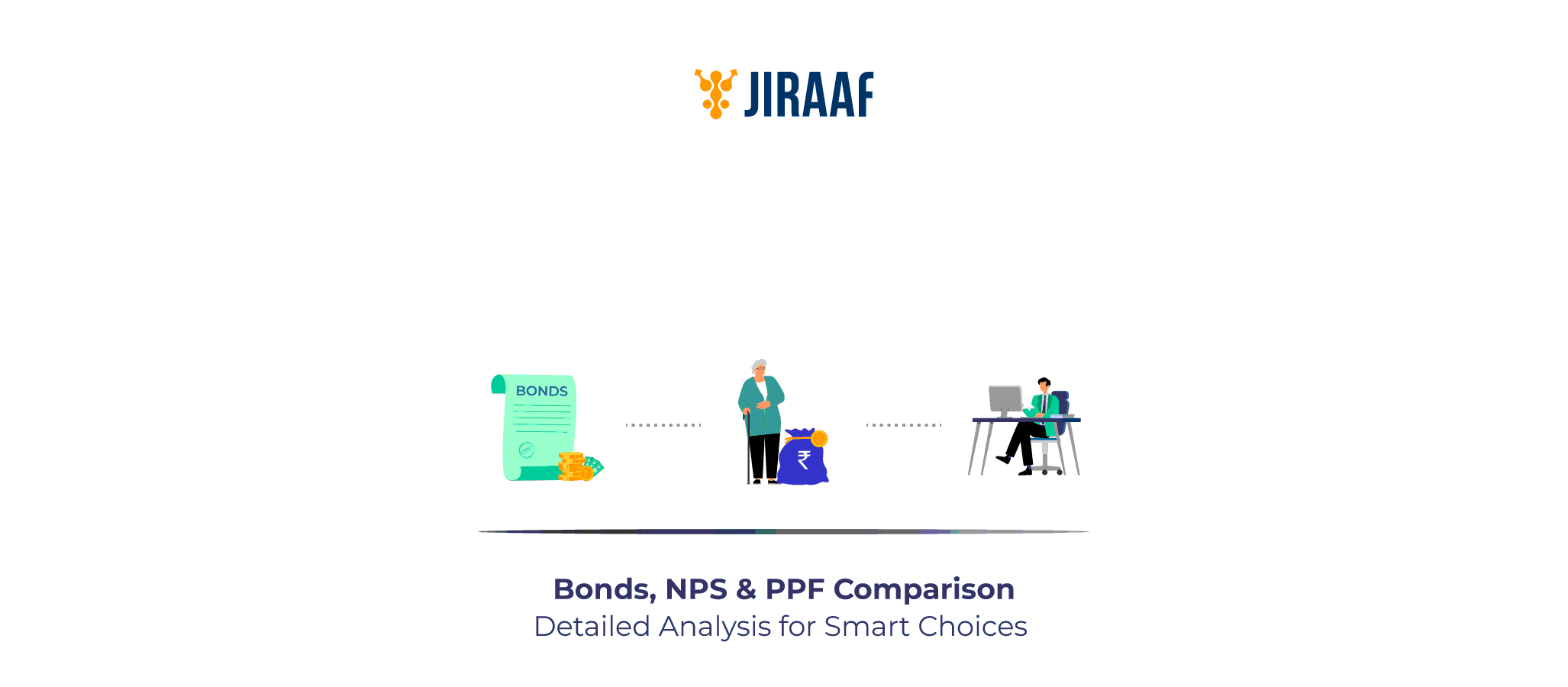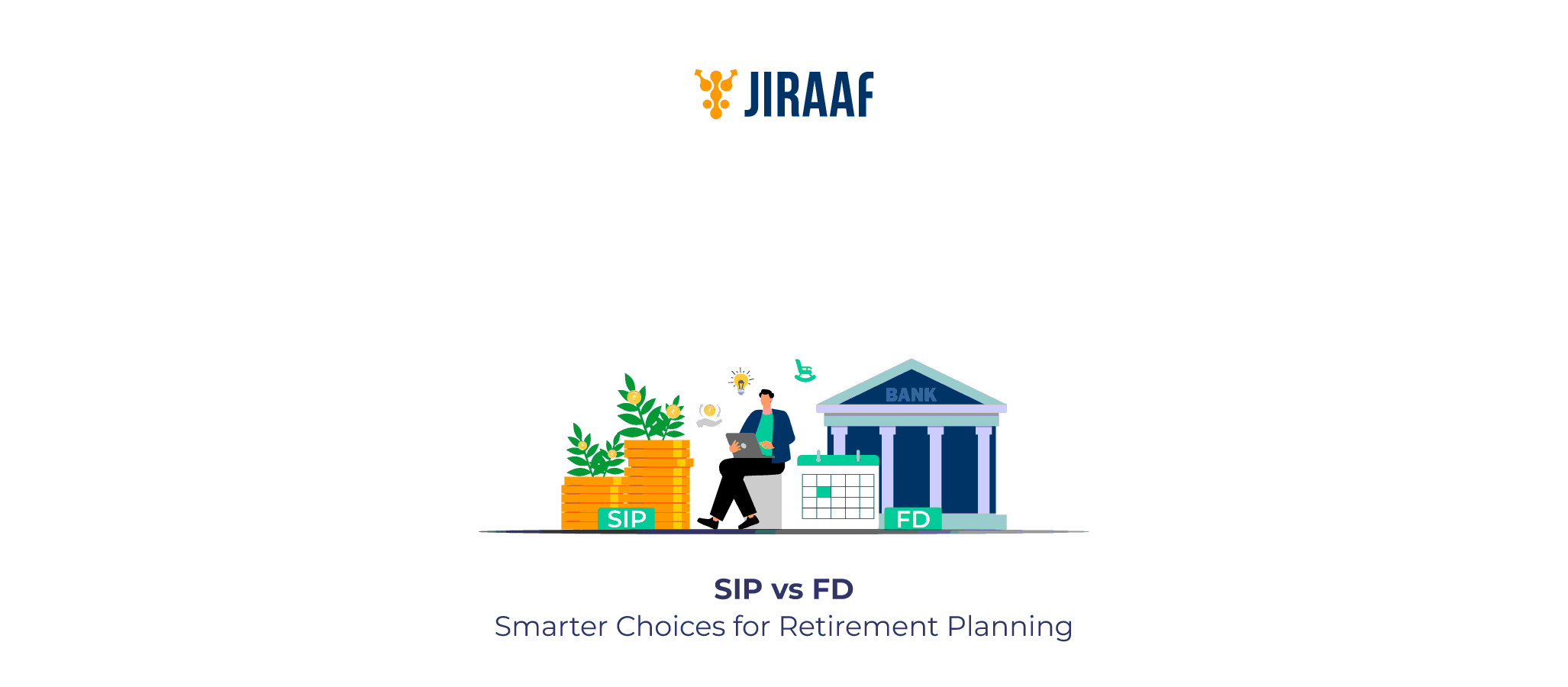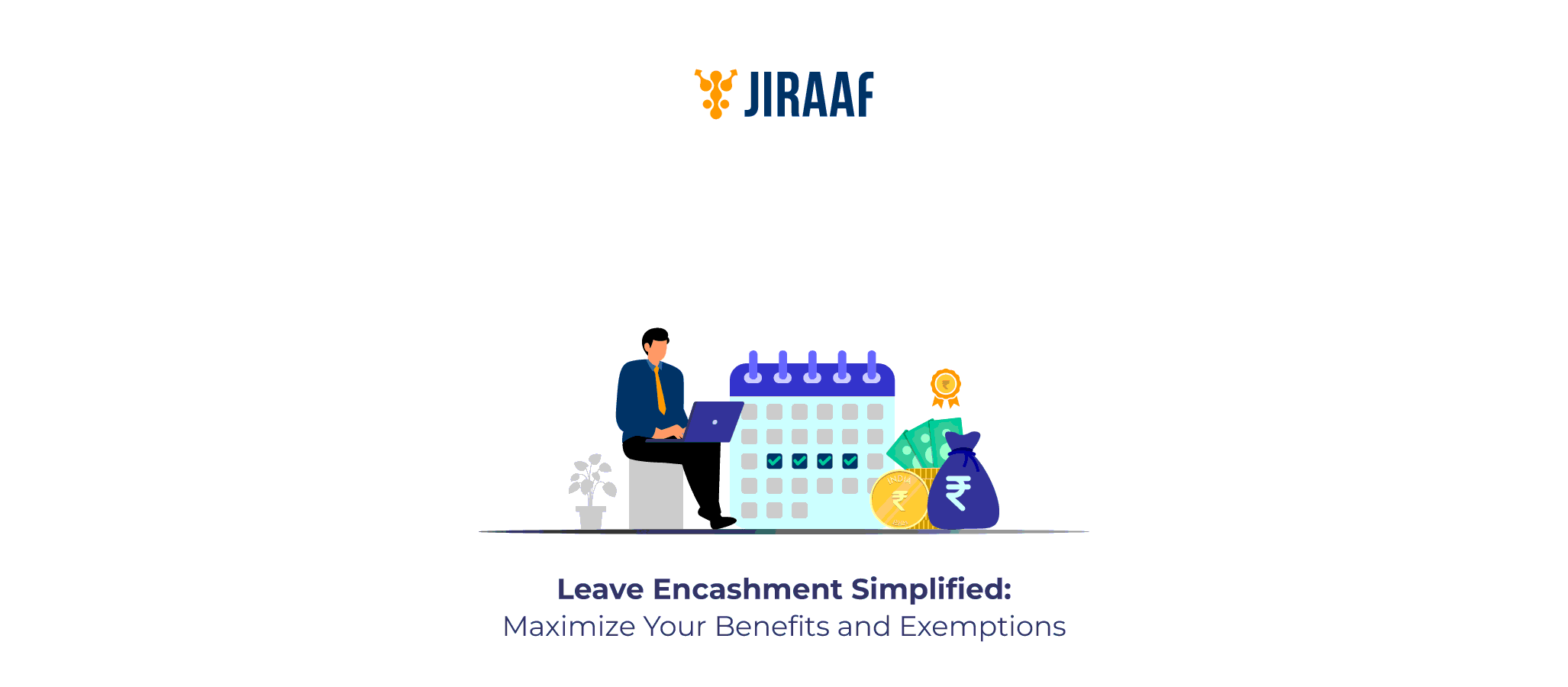You’ve worked hard for decades, paid your taxes diligently, and now you’re inching toward retirement—or maybe you’re already there. While most people plan for post-retirement income, fewer give serious thought to post-retirement taxes. But the truth is, tax planning doesn’t retire when you do. If you’re not careful, a large chunk of your nest egg can quietly slip away in taxes.
That’s why tax planning becomes just as crucial after retirement as it is during your working years. From pension income and interest on savings to capital gains and rental income, many sources of retirement income can trigger tax liabilities. But the good news? You have several tools at your disposal to reduce or even eliminate your tax burden during retirement—if you plan smart.
Let’s explore the most effective ways to minimize taxes on your retirement income in India.
Understanding Taxation on Retirement Income in India
Once you retire, your income profile changes, but the taxation doesn’t necessarily adjust to reflect it. Also, not all retirement income is treated equally under Indian tax laws. Here’s how various sources are taxed:
- Pension Income: If you’re receiving a monthly pension, it’s treated as “salary” and taxed according to your income tax slab. However, if you opt for a commuted pension (lump sum), it may be fully or partially tax-free depending on whether you’re a government or private sector employee.
- Interest Income: Earnings from fixed deposits, Senior Citizens’ Savings Scheme (SCSS), Post Office Monthly Income Scheme (POMIS), and savings accounts are taxable under “Income from Other Sources.” However, Section 80TTB now allows a deduction of up to ₹1,00,000 on interest income for senior citizens (increased from ₹50,000 in the 2025 Budget).
- Annuities: If you’ve invested in annuity plans through insurance companies or the National Pension System (NPS), the regular payouts are also taxed as per your income tax slab.
- Capital Gains: When you sell property, mutual funds, or shares, any profit made may attract capital gains tax. The rate depends on the type of asset and the holding period.
- Rental Income: Income earned from letting out property is also taxable in accordance with your income tax slab after deducting standard deductions and municipal taxes.
Tax-saving Strategies for Indian Retirees
Let’s break down the most effective ways you can reduce your post-retirement tax liability:
1. Make Use of Slab Benefits and Higher Exemption Limits
As a senior citizen (60+), you enjoy a higher basic exemption limit of ₹3 lakh. If you’re 80 or older, this increases to ₹5 lakh. Plan your withdrawals or income distribution to stay within these limits.
2. Use the ₹1,00,000 Deduction Under Section 80TTB
Interest earned on deposits with banks, post offices, or cooperative banks is eligible for a deduction of up to ₹1,00,000 per year under Section 80TTB. This is especially useful if you rely heavily on interest income.
3. Split Income with Your Spouse
If your spouse doesn’t have a taxable income, consider making investments in their name. This allows you to distribute income across two tax profiles and minimize your overall tax liability.
4. Opt for Tax-free Investments
Invest in instruments like PPF (Public Provident Fund), tax-free bonds, or specific government-backed schemes that offer tax exemptions on interest or maturity.
5. Claim HRA or Rent Deductions (If Applicable)
Even in retirement, if you’re paying rent, you can claim deductions under Section 80GG—subject to specific conditions—even without a formal salary structure.
Best Tax-Free Investment Options for Retirees in India
While growth matters, retirees should prioritize capital protection, steady returns, and tax efficiency. Here are the top options that check all three boxes:
1. Senior Citizens’ Savings Scheme (SCSS)
- Offers interest of around 8.2% per annum (subject to periodic revision)
- Interest is taxable, but principal qualifies for deduction under Section 80C (up to ₹1.5 lakh)
- Maturity is 5 years, extendable by 3 more years
- Withdrawals from SCSS accounts are exempt from tax starting August 29, 2024
2. Tax-free Bonds
Issued by government-backed entities like NHAI and REC, these offer tax-free interest under Section 10(15). While the returns might be slightly lower than taxable FDs, their tax-free nature makes them a smart choice.
3. Public Provident Fund (PPF)
Though it has a 15-year lock-in, PPF offers Exempt-Exempt-Exempt (EEE) benefits. Your investment, interest, and maturity amount are all tax-free. Ideal if you’re retiring early and can afford to lock away funds.
4. Post Office Monthly Income Scheme (POMIS)
Offers steady monthly interest, which can be routed to recurring deposits or savings accounts. While the interest is taxable, the predictability suits conservative investors.
5. Municipal Bonds and NPS (for Pre-Retirees)
If you’re just entering retirement, certain tranches of NPS withdrawals and municipal bonds can offer better tax efficiency—especially when paired with annuity deferrals.
How Are Retirement Taxes Calculated?
Your total income after retirement determines your tax liability. The Income Tax Department calculates this based on all your income sources—salary (pension), capital gains, interest income, rental income, and so on.
Here’s a simplified process:
- Calculate Gross Total Income: Add up all your taxable sources of income—monthly pension, annuities, rental income, and interest.
- Apply Exemptions: Subtract eligible exemptions such as standard deduction, HRA (if renting), and commuted pension exemptions.
- Claim Deductions: Apply deductions under Sections like 80C (investments), 80TTB (interest income), 80D (health insurance), etc.
- Apply Slab Rates: Use the applicable senior or super-senior slab rate to compute your final tax liability.
If your taxable income exceeds ₹5 lakh, you can also avail of the rebate under Section 87A (up to ₹12,500), effectively nullifying your tax liability if you’re within the limit.
Tax Planning for Pensioners and Senior Citizens
You can do much more than just claim a few deductions. Smart planning across various heads of income can significantly reduce your taxes.
1. Opt for Commutation of Pension
If you’re allowed to commute a part of your pension into a lump sum, do it. For government employees, this is entirely tax-free. For private-sector retirees, up to one-third is exempt if you receive gratuity.
2. Buy Health Insurance for Higher Deductions
Section 80D offers deductions of up to ₹50,000 per annum on health insurance premiums for senior citizens. If you’re also paying for your spouse, the limit doubles.
3. Use Tax-averaging to Stay in Lower Slabs
If you’re planning to withdraw large amounts from investments, split them across financial years. This keeps you in a lower slab and reduces your liability.
4. Rebalance Between Equity and Debt
Senior citizens are often advised to keep 25–40% exposure to equity for inflation-beating growth. The rest can go into fixed-income instruments such as FDs for senior citizens (which offer higher interest rate compared to normal FDs) and bonds for stability and tax efficiency.
Avoiding Common Tax Mistakes in Retirement
Tax planning in retirement isn’t just about investing right—it’s also about avoiding the wrong turns. Here are some pitfalls you should actively dodge:
1. Ignoring Form 15H/15G
If your interest income doesn’t exceed taxable limits, submit Form 15H (for senior citizens) to avoid unnecessary TDS deductions on bank FDs and SCSS.
2. Not Updating Your PAN/Aadhaar
Failure to link your PAN and Aadhaar or update them in your investment profiles can result in higher TDS and blocked refunds.
3. Overlooking Reinvested Income
If you earn interest and reinvest it automatically, it’s still taxable in the year it’s earned. Don’t wait until withdrawal to report it.
4. Not Declaring Capital Gains
You might think selling a long-held asset won’t hurt, but even small gains from mutual funds or shares need to be declared and taxed, based on tenure and asset class.
5. Relying Only on Traditional Instruments
It’s tempting to park all your savings in fixed deposits or SCSS, but these can actually erode real returns after tax and inflation. Always keep a portion in tax-advantaged, inflation-beating options.
Tax Benefit Comparison: 80C vs 80D vs 80TTB for Retirees
| Feature | Section 80C | Section 80D | Section 80TTB |
| Eligible Taxpayers | All individuals and HUFs | Individuals and HUFs | Senior citizens only (aged 60+) |
| Purpose | Encourages long-term savings and investments | Supports health insurance coverage and medical expenses | Offers relief on interest earned from deposits |
| Maximum Deduction Limit | ₹1.5 lakh per financial year | ₹50,000 for senior citizens (₹25,000 for others) | ₹1,00,000 per financial year |
| Commonly Used Investments/Expenses | PPF, SCSS, 5-Year FDs, ELSS, Life Insurance Premiums, NSC | Health insurance premiums, preventive check-ups, medical bills | Interest from FDs, savings accounts, SCSS, and post office schemes |
| Taxpayer Segment Most Benefited | Retirees investing in traditional or long-term instruments | Senior citizens with high health expenses or medical coverage | Those heavily dependent on fixed-income sources |
| Is It Automatic or Needs Claiming? | Needs to be claimed while filing ITR with proofs | Needs to be claimed with insurance receipts & medical proofs | Automatically reflected in 26AS, but needs to be claimed in ITR |
| Linked to Age? | No age criteria | Yes—higher limits for those aged 60 and above | Yes—available only to senior citizens |
| Can All Three Be Used Together? | Yes, they can be combined for maximum tax benefit | Yes | Yes |
Concluding Thoughts
Retirement isn’t the end of financial planning—it’s simply a new phase. And in this phase, tax efficiency can make a massive difference to your quality of life. A well-designed plan ensures you don’t just protect your savings but actually grow them even after you stop working.
Don’t chase high returns blindly, but don’t over-concentrate in “safe” assets either; the key lies in striking a balance. Make use of every benefit the tax laws offer. Plan well, stay proactive, and you’ll enjoy both financial freedom and peace of mind in your golden years.
FAQs
How is pension income taxed in India?
In India, pension income is taxed as “Income from Salary.” Regular pensions are fully taxable, while commuted pensions (lump sum payments) may be partially or fully exempt based on whether you received gratuity. If gratuity was received, one-third of the commuted pension is exempt; if not, up to half is exempt.
How can I avoid TDS on my fixed deposits as a retiree?
As a retiree, you can avoid TDS (Tax Deducted at Source) on fixed deposit interest by submitting Form 15H to your bank, provided your total taxable income is below the basic exemption limit. This form declares that your income is not taxable, ensuring banks don’t deduct TDS on your FD interest.
How does Section 80TTB benefit senior citizens in India?
Section 80TTB allows senior citizens (aged 60 and above) to claim a deduction of up to ₹1,00,000 on interest income earned from savings accounts, fixed deposits, and recurring deposits with banks, post offices, or cooperative banks. This helps reduce their taxable income and overall tax liability in retirement.
Is EPF withdrawal taxable after retirement?
EPF (Employees’ Provident Fund) withdrawal is tax-free after retirement if the employee has completed five continuous years of service. If withdrawn before five years, it may attract tax on both the employer’s contribution and interest earned, unless exemptions apply under specific conditions like illness or job termination.
Should I choose the new or old tax regime after retirement?
After retirement, you should choose the tax regime based on your income sources and available deductions. If you have significant deductions (like 80C, 80D, or 80TTB), the old regime may be better. But if your taxable income is low and deductions are minimal, the new regime could offer lower tax liability.
Discover fixed income investments with Jiraaf, a SEBI registered online bonds platform that educates and brings access to a wide array of bonds. Sign up today to explore diversified fixed income investment opportunities to support your goal-based wealth creation journey. Start investing!
